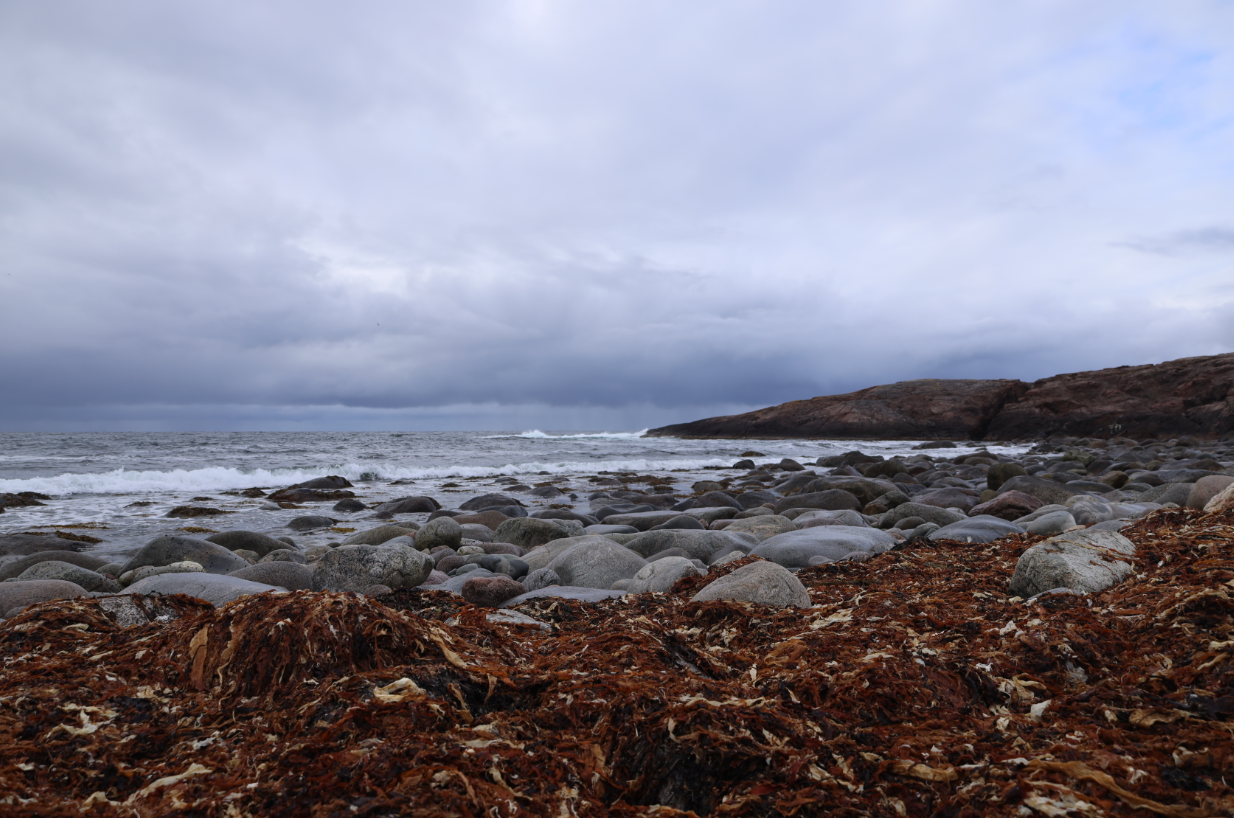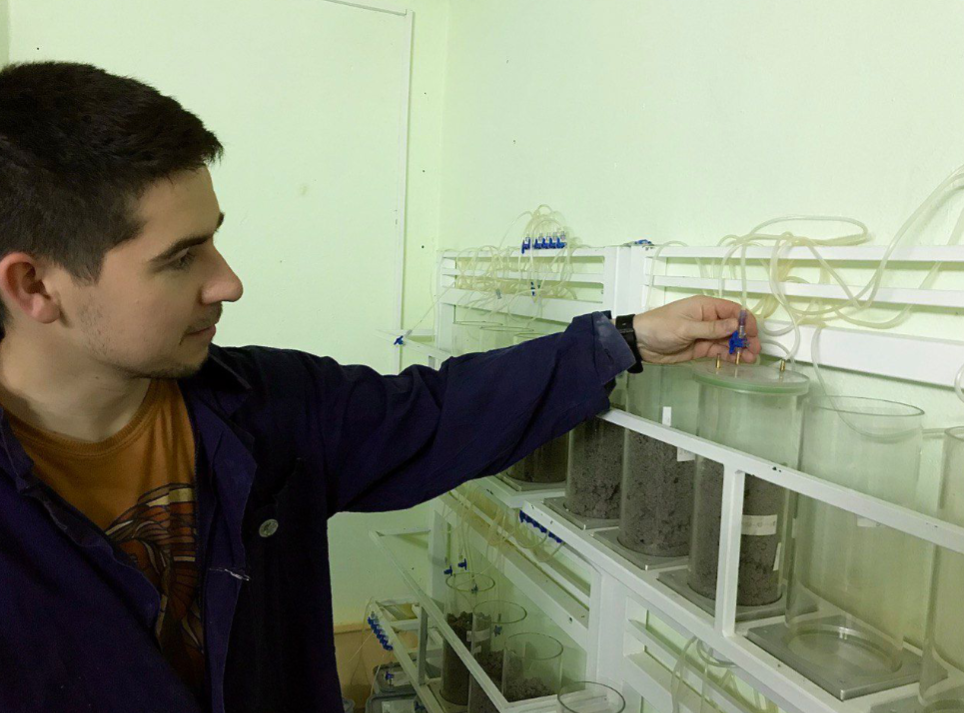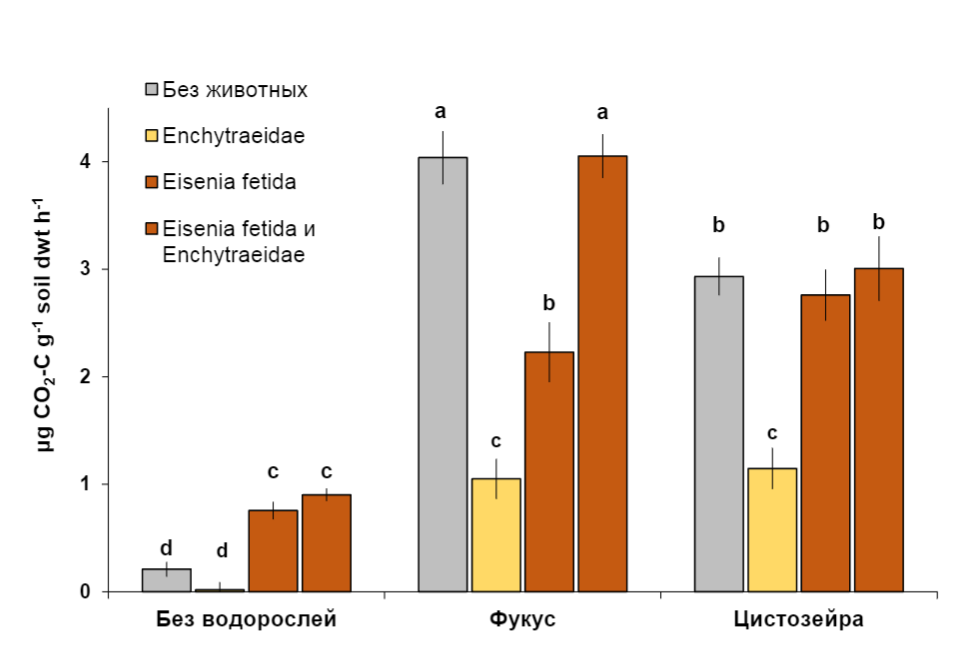Every year, thousands of tons of seaweed wash up on the coasts of the World Ocean. This potentially valuable resource is used by some farmers to fertilize poor soils, but until now it has been unclear how exactly the algae is broken down and nutrients are released into the soil. The staff of the Institute of Ecology and Evolution of the Russian Academy of Sciences tried to shed light on this issue.

The researchers conducted a laboratory experiment to introduce seaweed (Fucus vesiculosus and Cystoseira barbata) into the soil from discharges of the White and Black Seas, along with littoral enchytraeids living there, as well as composting earthworms Eisenia fetida. The main attention was paid to the possibility of accelerating the decomposition of algae - hard-to-reach organic matter and enriching the soil with mineral nutrition elements; assessment of the role of added soil organisms in regulating greenhouse gas emissions during the destruction of organic matter; studying the survival rate of earthworms in salty soil with algae and its effect on the rate of transformation of the organic substrate.

The 45-day experiment measured the dynamics of CO2 emissions, algae biomass, nitrogen and carbon content in the soil, and carried out isotope analysis of soil and animal samples to assess the entry of marine organic matter into terrestrial food chains.
The results showed a higher rate of decomposition of Cystoseira compared to Fucus - the loss of biomass reached 30%. The maximum effect was observed in the combined presence of enchytraeids and earthworms. In addition, Cystoseira increased the survival rate of enchytraeids by 5 times, while Fucus decreased it. The earthworms maintained 75% viability regardless of the type of algae.
According to isotope analysis, carbon of “marine” origin in coprolites of earthworms, subsequently introduced into the soil, was found only in variants with the simultaneous introduction of enchytraeids. Enchytraeids also regulated the activity of soil microorganisms, which is confirmed by a twofold reduction in CO2 emissions. Thus, enchytraeids play a key role as an intermediary between hard-to-reach marine and terrestrial organic matter, ensuring its inclusion in the soil.

The results of the study made it possible to reconstruct the most probable and fastest way of involving marine organic matter into soil detrital food webs: in the first stages, the decomposition of algae occurs mainly by microorganisms, which make up a significant part of the enchytraeid diet, which ensures the inclusion of marine carbon in the soil. Earthworms recycle the waste products of enchytraeids, enriching the soil with them. Thus, the combined application of earthworms and enchytraeids ensures the fastest possible transfer of marine organic matter into the soil to increase soil fertility when algae are used as fertilizer.
The study was supported by the Russian Science Foundation grant 21-14-00027.
Link to publication: Korobushkin D.I., Zaitsev A.S., Degtyarev M.I., Danilova M.A., Filimonova Zh.V., Guseva P.A., Pelgunova L.A., Pronina N.A., Tsurikov S.M., Vecherskii M.V., Volkova E.M., Zuev A.G., Saifutdinov R.A. (2023) Littoral enchytraeids and Eiseniа fetida earthworms facilitate utilization of marine macroalgae as biofertilizers. Applied Soil Ecology 188: 104882.
